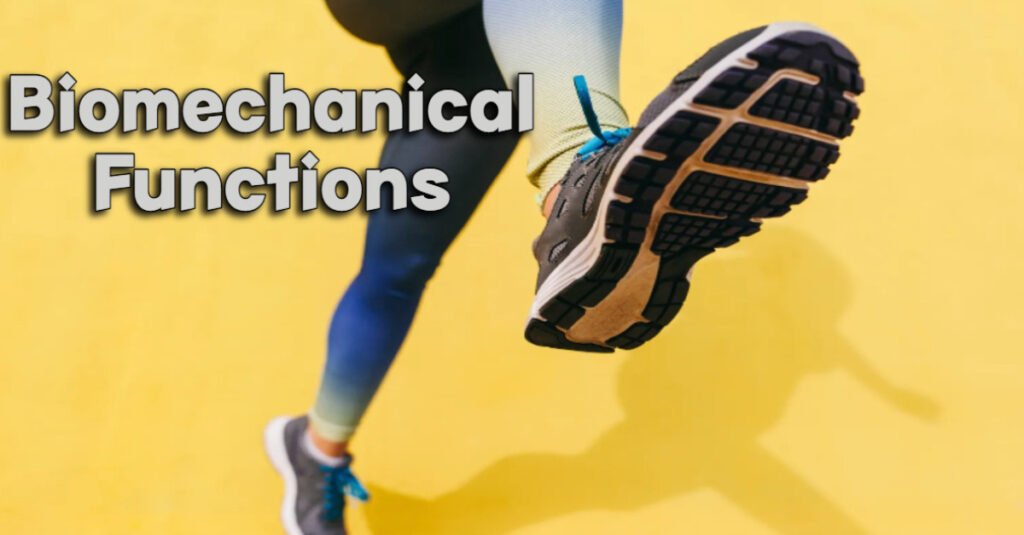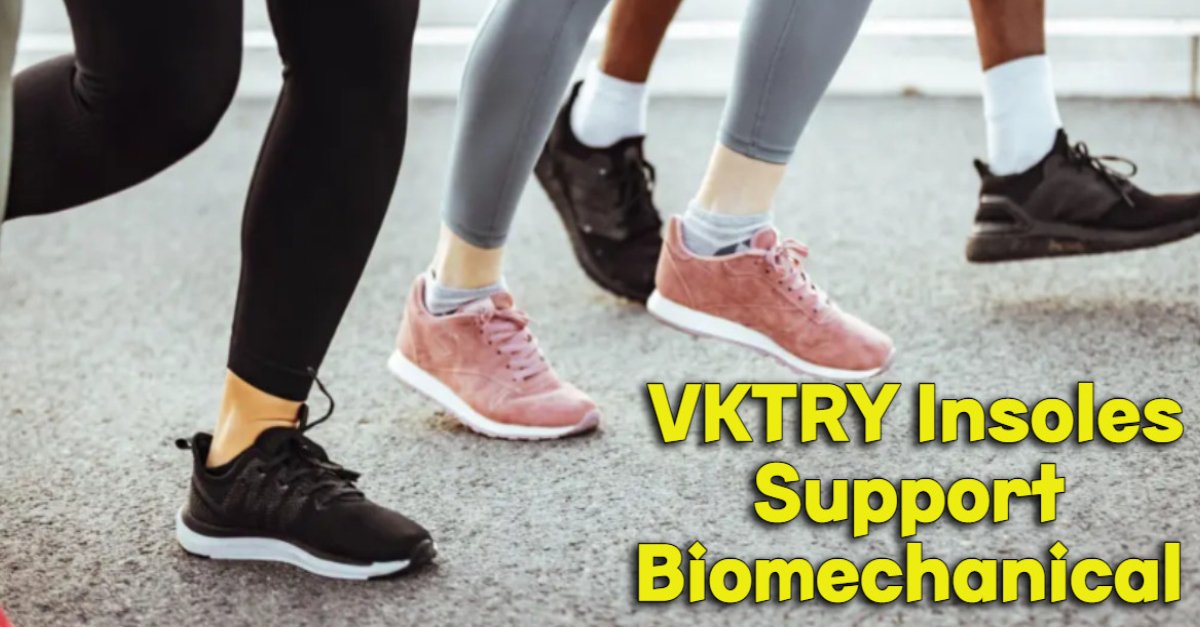Introduction
The human foot, with its 26 bones, 33 joints, and more than 100 muscles, tendons, and ligaments, is a masterpiece of biomechanical engineering. Many people ignore the significance of foot health despite its intricacy until they suffer from pain or have an accident. Thankfully, technological developments have resulted in the creation of creative solutions, such as VKTRY insoles, which are intended to improve performance and offer biomechanical support. We delve into the complex mechanics of the foot in this extensive guide, and we also look at how VKTRY insoles can maximize biomechanical function.
An Overview of Foot Mechanics
The human foot is a complex structure that serves as the foundation for the entire body’s biomechanics. Comprising 26 bones, 33 joints, and over 100 muscles, tendons, and ligaments, the foot is designed to support the body’s weight, absorb shock, and facilitate movement in various planes of motion.
Bones:
The forefoot, midfoot, and hindfoot are the three primary components of the foot. The talus and calcaneus, or heel bones, are found in the hindfoot; the navicular, cuboid, and three cuneiform bones are found in the midfoot; and the metatarsals and phalanges, or toe bones, are found in the forefoot.
Joints:
The foot has many joints that provide it flexibility and range of motion. Dorsiflexion, plantarflexion, inversion, and eversion are among the motions made possible by hinge joints, ball-and-socket joints, and gliding joints.
Muscles, Tendons, and Ligaments:
A network of muscles, tendons, and ligaments maintains the foot which gives it stability and motion control. Together, these components support the preservation of the foot’s arches and enable fluid, coordinated movement during walking, running, and jumping.
Table of Contents

Biomechanical Functions
Weight Bearing:
When walking or standing, the foot equally distributes the weight of the body across the surface. The foot’s inbuilt shock absorbers, or arches, distribute pressure and shield the joints from harsh blows.
Pronation and Supination:
When a foot rolls inward during weight-bearing activities, it is said to be pronated; when it rolls outward, it is said to be supinated. These motions are necessary for propulsion during walking, shock absorption, and terrain adaptation.
Propulsion:
During actions like running and jumping, the foot is essential for propulsion because it generates forward motion. With every step, the body propels itself forward thanks to the coordinated movement of the muscles, tendons, and ligaments.
Common Biomechanical Issues
Overpronation:
Overpronation, in which the arch collapses excessively and the foot cannot support the body’s weight efficiently, can be caused by excessive inward rolling of the foot. Many foot issues, such as plantar fasciitis, shin splints, and flat feet, are linked to overpronation.
Over supination:
On the other hand, over-supination happens when the foot rolls outward too far, which decreases stability and shock absorption. This biomechanical problem can make high-impact activities more likely to cause stress fractures, ankle sprains, and other injuries.
To keep your feet healthy, avoid injuries, and perform at your best in a variety of physical activities, you must comprehend the subtleties of foot mechanics. People can prevent biomechanical difficulties by taking preventative measures to support their feet and being aware of prevalent issues, biomechanical functions, and foot structure.
The Science Behind VKTRY Insoles
Investigating the science underlying VKTRY insoles’ creation is crucial to comprehend how they function. The proprietary carbon fiber composite, which is thoughtfully designed to offer the best support and energy return, is the foundation of VKTRY’s technology.
Because of its well-known combination of strength and lightweight, carbon fiber is a perfect material for items that improve performance. Using this material, VKTRY makes responsive and supportive insoles that enhance biomechanical efficiency and lessen fatigue.
Furthermore, the contoured shape of VKTRY insoles encourages stability and proper foot alignment. These insoles assist in distributing stresses uniformly throughout the foot and lower the risk of overuse injuries by supporting the arches and cushioning important pressure spots.
The Role of Biomechanical Support in Foot Health
Biomechanical support is essential for preserving the health of the feet and avoiding trauma. Supportive insoles like as VKTRY may lessen the strain on the foot’s muscles, tendons, and ligaments by maximizing alignment and minimizing excessive motion.
Moreover, biomechanical support can boost athletic performance by lowering energy requirements and increasing efficiency. Athletes may create more power with each step when their foot is correctly supported, which improves their speed, agility, and endurance.
Whether you’re a basketball player looking for improved stability during lateral movements or a sprinter aiming to enhance acceleration, VKTRY insoles are made to offer tailored support where it’s most needed. These insoles can improve foot function and help athletes perform at their best while reducing the risk of injury by correcting biomechanical imbalances.
Conclusion
To sum up, VKTRY insoles are a state-of-the-art way to improve foot mechanics and boost athletic performance. Through the utilization of cutting-edge materials and creative design concepts, these insoles offer unmatched comfort, support, and longevity.
VKTRY insoles provide a flexible and efficient solution for every type of person, be it a professional athlete aiming for podium placements or an average person experiencing foot pain. VKTRY insoles are transforming our understanding of foot support with their adaptable fit, sturdy design, and biomechanical advantages.
Investing in good foot mechanics is crucial for performance and long-term health. You can take proactive measures to support your feet and reach your maximum potential with each stride by using VKTRY insoles.
FAQs
How do VKTRY insoles differ from traditional foam or gel inserts?
Compared to conventional foam or gel inserts, VKTRY insoles offer better support, durability, and energy return because of its proprietary carbon fiber technology.
Can VKTRY insoles help with specific foot conditions like plantar fasciitis?
Yes, VKTRY insoles are made to promote healthy foot alignment and offer tailored support to alleviate biomechanical problems linked to ailments like plantar fasciitis.
Are VKTRY insoles suitable for all types of footwear?
Yes, VKTRY provides a selection of insole choices made to fit different kinds of shoes, such as casual shoes, cleats, and athletic shoes.
How long do VKTRY insoles last?
Long-term use of VKTRY insoles does not affect their supporting qualities because they are made to last. Generally speaking, their lifespan ranges from one to two years, contingent upon usage and upkeep.

